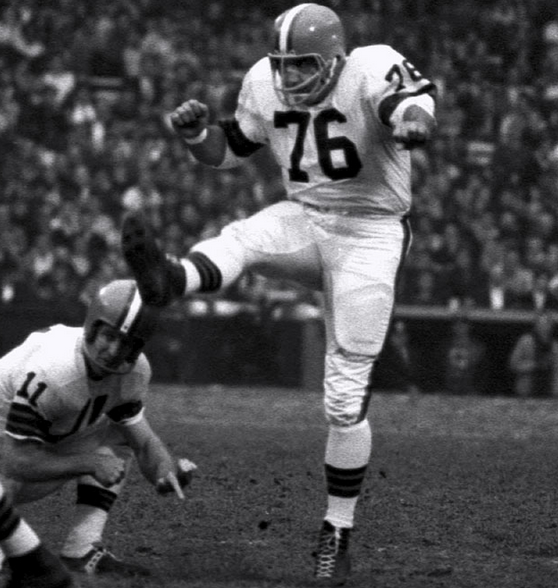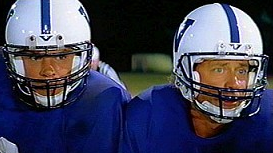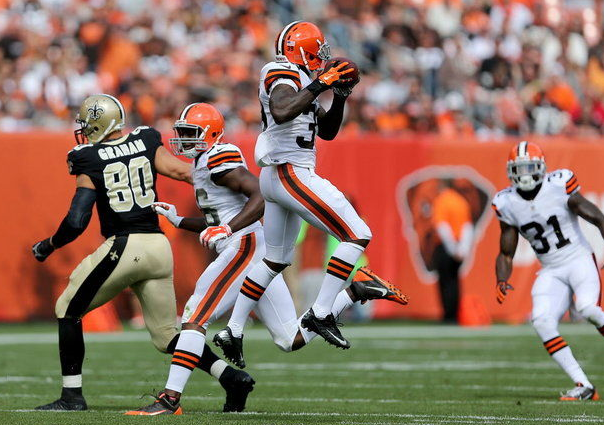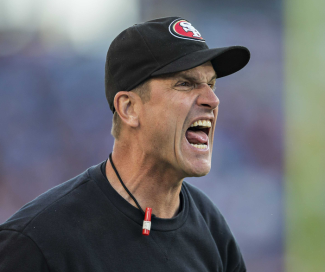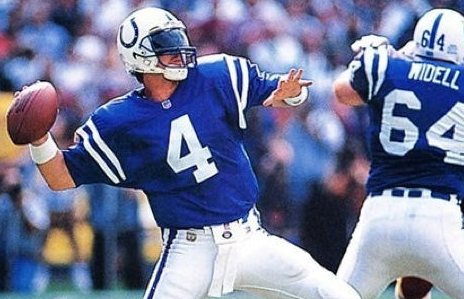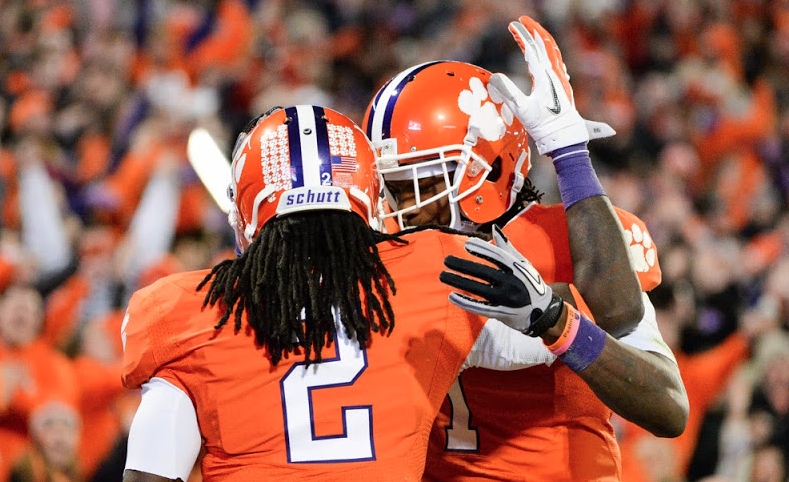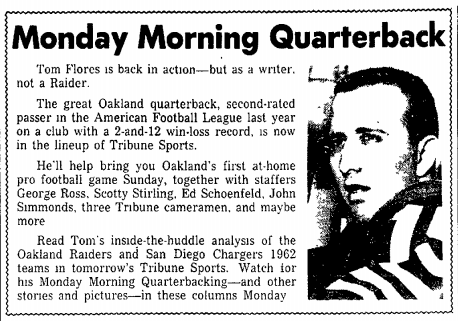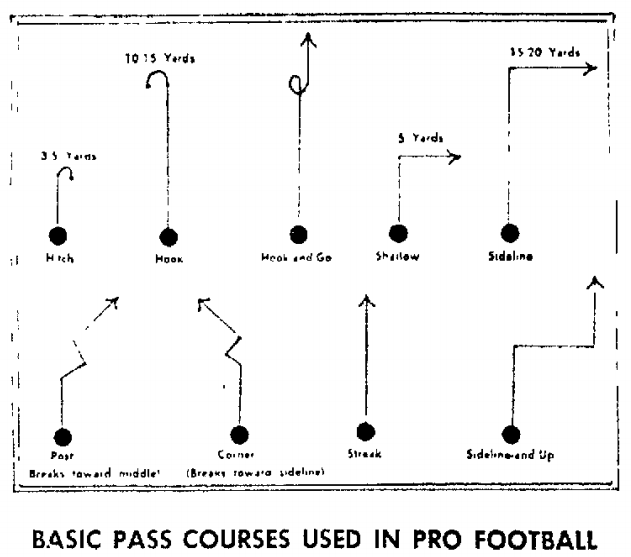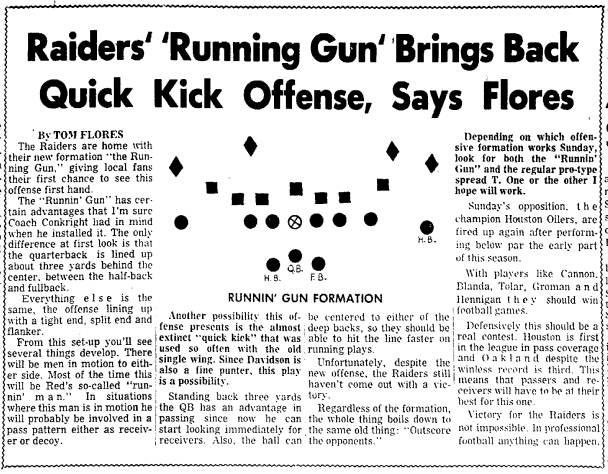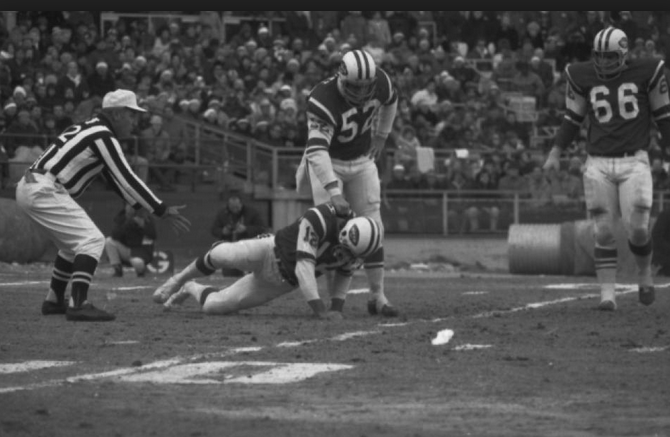There’s always a sense of vertigo when you see one of the NFL’s perennial losers sitting atop the standings with a 7-1 record. That’s where the Cardinals are this morning, leading not just their division (by two games) and conference (by one) but the Whole League (by a half-game over the Patriots).
To put this in perspective, only eight times since 1940 have the Cardinals won more than five of their first eight. This is the fourth time they’ve been 7-1 — the others being 1974, when they started 7-0 under Don Coryell, and ’47 and ’48, when they went to the championship game under Jimmy Conzelman (winning the first and losing the second in a blizzard). So while it might not be uncharted territory for them, they can certainly use a GPS.
Six years ago, when the Cardinals made their improbable Super Bowl run, I wrote a piece about their decades of angst. It seems appropriate to re-run it here, slightly amended, in hopes of bringing their 7-1 start into historical focus.
When the Cardinals were good
The Arizona Cardinals’ ascension to the NFC championship game has the pro football world gasping for air. Didn’t this team finish 9-7 in the conference’s weakest division? Wasn’t it pummeled in its next-to-last game by the Patriots, 47-7? Aren’t we talking about the Cardinals here?
In their first 40 years in the NFL, the Cards lost games and money with stupefying regularity. In the flush years since, they’ve been content merely to lose games. They’ve changed towns twice, hopscotching from Chicago to St. Louis to Phoenix (their stadium is now located in suburban Glendale), and changed coaches much more than twice — as Joe Bugel can tell you. But nothing has succeeded in changing their fortunes. At least, not for very long.
Every six decades or so, though, every franchise deserves a moment in the sun. And it just so happens that a little over 60 years ago, the Cardinals made their biggest postseason splash. They played in back-to-back NFL title games in 1947 and ’48 and, hard as it is to believe, actually won the first one.
But then, these weren’t the bumbling Cardinals of Bill Bidwill. These were the dashing, crowd-pleasing Cardinals of Jimmy Conzelman, a coach who might best be described as the John Madden of the ’40s . . . only more erudite. These were the Cardinals of the “Dream Backfield” of Paul Christman, Hall of Famer Charley Trippi, Pat Harder and Elmer Angsman. How dreamy was the “Dream Backfield”? Well, in ’48 the Cards dropped 63 points on the New York Giants, and the next year they dropped 65 on the New York Bulldogs.
Back then, everybody wanted to see the Cardinals play. When the club went to Los Angeles in ’47 to take on the Rams, 69,631 packed the Coliseum, a league record at the time. As Buster Ramsey, an All-Pro guard for the Cardinals, told me once: “Our whole team in the late ’40s was made up of all-stars. If you had guys on a team now that we had on our ’47 team, you couldn’t quit talking about ’em.”
It was also, Ramsey readily admitted, “kind of a screwy outfit, to put it mildly.” It began with the owner, Charley Bidwill — Bill’s adoptive father — a millionaire who owned racetracks, dog tracks and a company that printed most of the parimutuel tickets in the country . . . and who may even have had dealings with Al Capone.
“You’d walk into his office at the printing company,” said another Cardinals player from that period, Jack Doolan, “and there’d be two guys sitting there reading the newspaper. As you walked in they’d roll the paper down and look you over and then raise it up again. We sweared to God they were his triggermen. Charley said he could get any man he wanted knocked off for 50 bucks.”
Then there was the quarterback, Christman, possessor of a quirky sidearm delivery and oversized feet. As he walked to the line of scrimmage, he would remind his linemen, “Watch the pups!” — that is, don’t step on his toes. Which would have been fine, said end Bob Dove, another player from those teams, except that “it tipped the defense that one of the guards was going to pull.”
Trippi, meanwhile, the club’s top running back and most celebrated player, had unusually skinny legs. His teammates were always kidding him about them, bringing an air pump into the locker room and saying, “Here, Charley, let me blow those up for you.”
Yup, it was quite a collection of characters. (Did I mention that the wife of 300-pound tackle Joe Coomer smoked cigars?) And presiding over the bunch was the biggest character of them all, Conzelman.
Jimmy’s gift of gab made him the darling of the press. Somebody would ask him about an upcoming game against the Bears, and he would reply: “Why, we know we’re outclassed. There’s no use trying to kid ourselves we belong on the same field. So we do the next-best thing. We just get together and when I give the word, we all hate [George] Halas to pieces for having such a wonderful team. And then we lower our heads and pray that Sunday never comes.”
Conzelman, a fine back in the NFL’s early years, had previously served as a player-coach for several clubs, including the 1928 champion Providence Steam Roller. He even briefly owned the
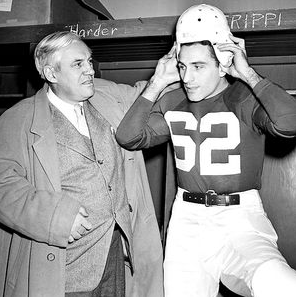
Jimmy Conzelman and Charley Trippi.
Detroit franchise but returned it to the league before someone put a lien on his shoulder pads. A coaching job at his alma mater, Washington University in St. Louis, followed, and then he tried pro football again in 1940 with the Cardinals.
All along, he honed his public speaking skills until he became the most sought-after toastmaster in the land. He also continued dabbling in his many other passions — the ukulele, honky-tonk piano, song writing, acting, journalism (print and radio), cigarettes and Coca-Colas.
“He’d really inhale,” said Chet Bulger, a tackle on those Cardinals teams. “It was something else. He would leave cigarettes burning all over the place. . . . His wife never gave him any money, because he’d put that big paw in his pocket and the darn dollar bills would fall out. It was kind of a joke: You follow Jimmy around, you’d get rich.”
Conzelman’s first few Cardinals clubs were pretty awful. It was during this stretch, it seems, that a friend said to him: “Jimmy, you can’t coach, and you can’t write. Do you know what you ought to do?”
“Nope.”
“You ought to write books for small children on how to play football. Your readers would be too young to know that you can’t coach and too dumb to know you can’t write.”
Jimmy liked to tell that story on himself at banquets. His self-deprecation also served him well with his players. Not that he didn’t know his X’s and O’s.
“Everybody thinks of Jimmy as a comedian, and so do I,” Christman said. “But I also know Jim as an imaginative offensive coach and a man who could do two great things for a ballclub — keep the morale on a high plane and key a team for a particular game better than anyone I know.”
Which brings us to the ’47 title game. The Cardinals endured a couple of major jolts that year. The first came in April, when Bidwill died suddenly at 51 and left the club to his widow, Violet. Vi wasn’t as inclined to lavish money on the team as Charley was.
Then, six games into the season, the Cards’ rookie punter, Jeff Burkett, died in a plane crash. He’d had to have his appendix removed while in Los Angeles for a game and decided to fly back to Chicago instead of taking the train. The DC-6 he was on went down in Utah, claiming 52 lives.
Heartbreak paid another call on the Cardinals all too soon. After the season opener the next year, tackle Stan Mauldin died in the locker room of a heart attack as his teammates looked on in shock and sorrow. Any of these deaths could have derailed the Cards, but they were a tough bunch — and Conzelman handled things just right.
“Most of us had been in the service and had seen guys die,” Doolan said. “We’d been hardened that way by life, more or less. So we picked ourselves right back up. And that was on account of Jimmy, to tell you the truth, the way he consoled everybody. He talked with such tenderness about it.”
The ’47 championship game against the Eagles at Comiskey Park was a frigid affair. Conzelman, exploiting his home-field advantage to the fullest, is suspected of leaving the tarp off the field so it would freeze — figuring the slippery footing would undermine Philadelphia’s power approach. The Cardinals, shod in sneakers, scored touchdowns of 44, 70, 75 and 70 yards and won 28-21.
The following year the two clubs met again for the title, but this time a blanket of snow undid the Cards, who lost 7-0 because of a late fumble. Conditions were so poor that the game was almost postponed for a week, but “it was the week before Christmas,” said Mal Kutner, the team’s leading receiver, “and most of us had kids and everything. We’d already checked out of our [in-season] quarters in Chicago because most of us were going home after the game. We would have had to go back to Chicago, find a place to stay for a week and then come back again. So we voted, ‘To hell with it. Let’s get it over with.’ But I think that’s the worst weather I’ve ever seen a game played in.”
Thus ended the Cardinals’ dreams of a dynasty. Even before the game, there were signs the organization was teetering. A fellow named Walter Wolfner, a businessman from St. Louis, had begun courting Vi Bidwill and became involved in the management of the team. (They married in 1949.) Wolfner, very bottom-line conscious, couldn’t even get along with the easygoing Conzelman.
They had a big blowup toward the end of the season. Depending on your source, Jimmy had to be restrained from either (a.) throwing Wolfner off a train going 70 mph or (b.) tossing him out a hotel window. (Seems Walter tried to save money on a road trip by making the players wait several hours to check into their rooms after arriving in the morning.)
Conzelman left the club after the season and went into advertising. Despite numerous offers, he never returned to the sideline. Soon enough, the Cardinals were back to being the Cardinals. In the first game of the Post-Jimmy Era, their quarterback, Jim Hardy, threw eight interceptions and committed 10 turnovers. Both are still NFL records. The next year the Cards finished last in their conference. Two years after that they managed a single victory.
And now here they are, facing the Eagles again in their biggest game in 60 years. This much appears certain: They’ll have to win it on their own. Leaving the field uncovered in the Arizona desert likely won’t help much.
From The Washington Times, Jan. 15, 2009
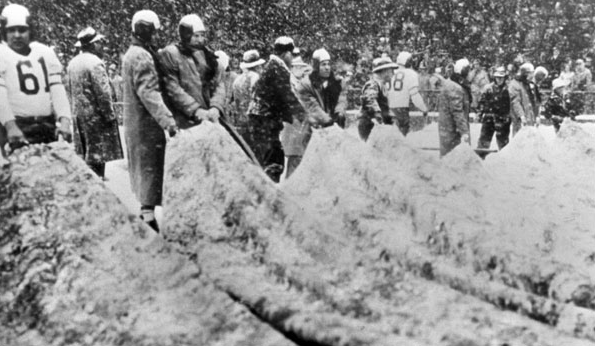
Eagles and Cardinals players removing the tarp before the snowy 1948 NFL title game.


